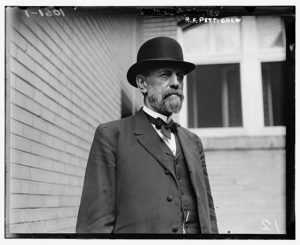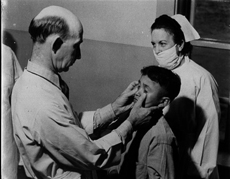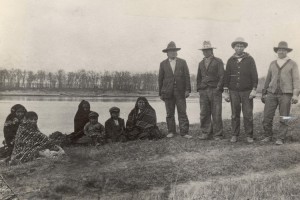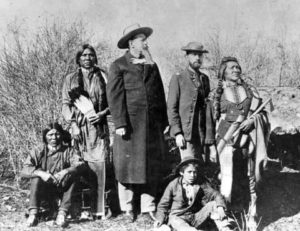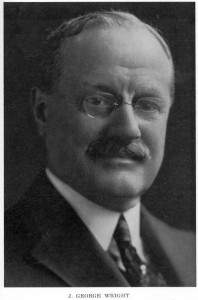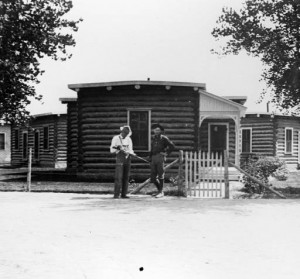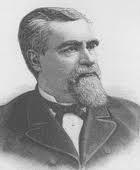The editor of the Canton, South Dakota newspaper, The Sioux Valley News, was like many people everywhere and during any time period, a great supporter of his community. The paper printed almost nothing of a negative nature about the city and its projects, and generally had glowing accolades for whatever event or institution it discussed. In an article about the Canton Asylum for Insane Indians (“Asylum Needs Larger Quarters”) from 1926, the paper’s writer gave a sanitized and spectacularly positive spin to the creation and ongoing administration of the facility.
Following a summary concerning the asylum’s creation after Senator Pettigrew became aware of the need for it, the writer briefly described its early years under Oscar Gifford’s leadership. Then he discussed the arrival of its first patients:
“A queer particular about the early admissions was that in-as-much as an asylum was a new experience for the untutored Indian, and there lurked in his mind some misgivings as to the treatment their afflicted ones might receive in an asylum, the whole family, in some cases, came along with the patient to satisfy themselves that everything was honest and above board.
“This suspicious attitude gradually gave place to an air of confidence in the good intentions of the government. Those whose fears had been thus allayed, no doubt spread the word of their satisfaction among their brethren, and of late years, these family accompanyings have about entirely disappeared.”

Young Oglala Girl In Front of Tipi, Probably On or Near Pine Ridge Reservation, courtesy Library of Congress
These latter statements are difficult to believe, since there is no evidence whatsoever that Canton Asylum held a good reputation within the Native community. It is only slightly less difficult to believe that many families had the money to accompany their loved one to the asylum unless they lived nearby.

